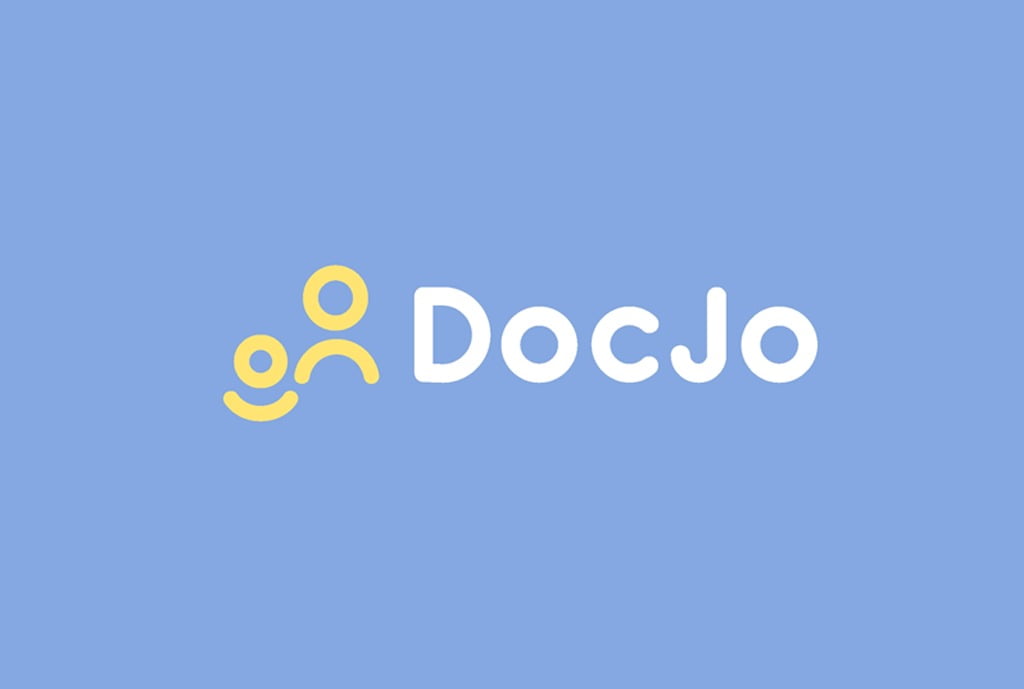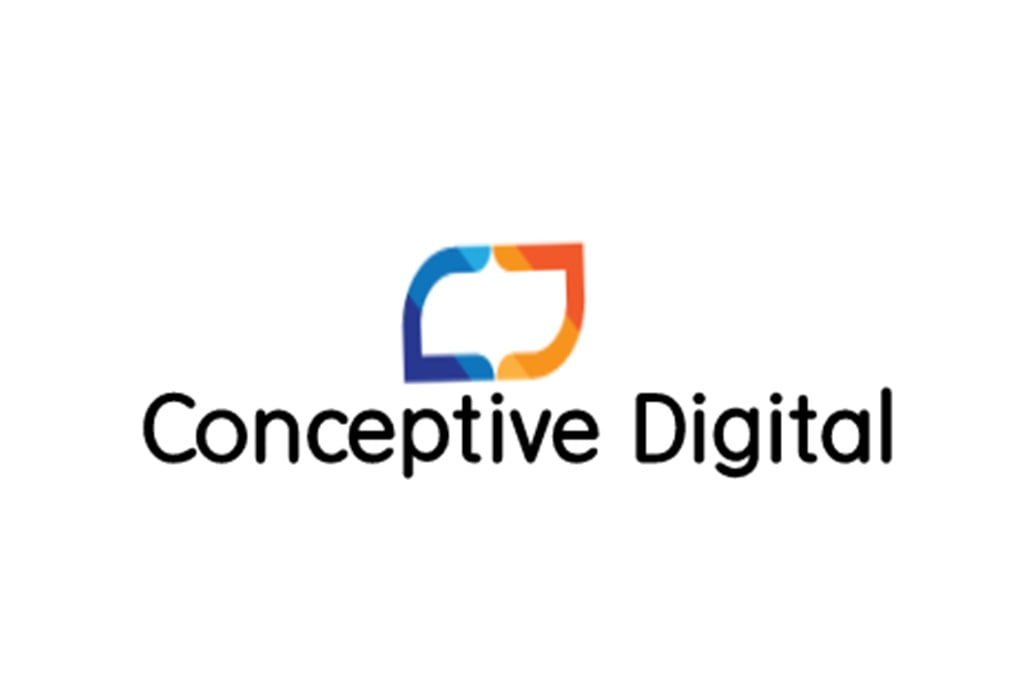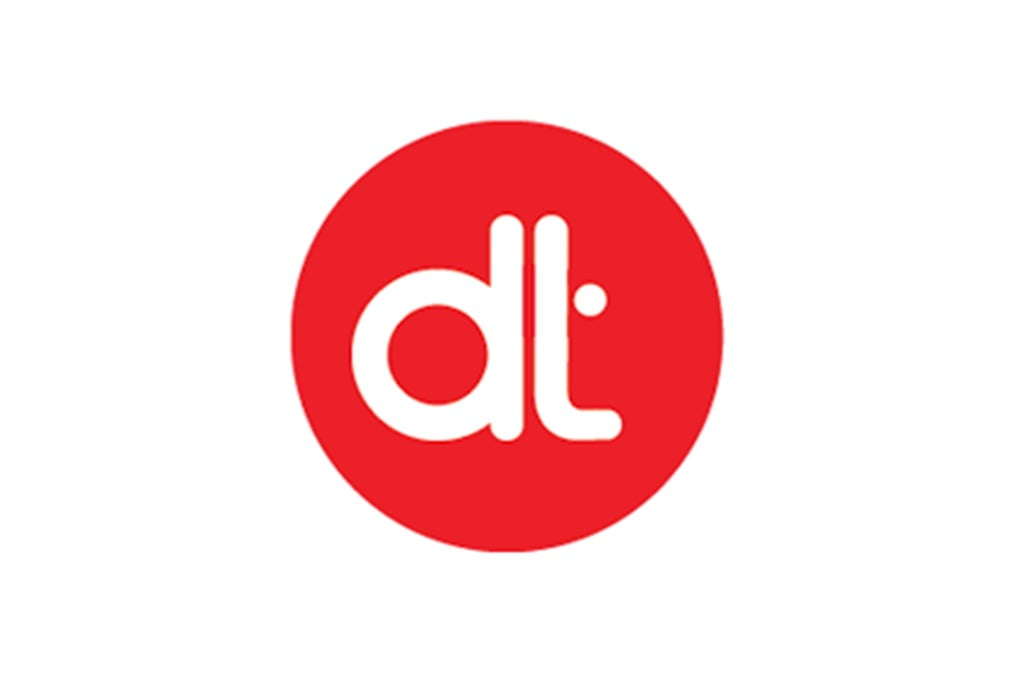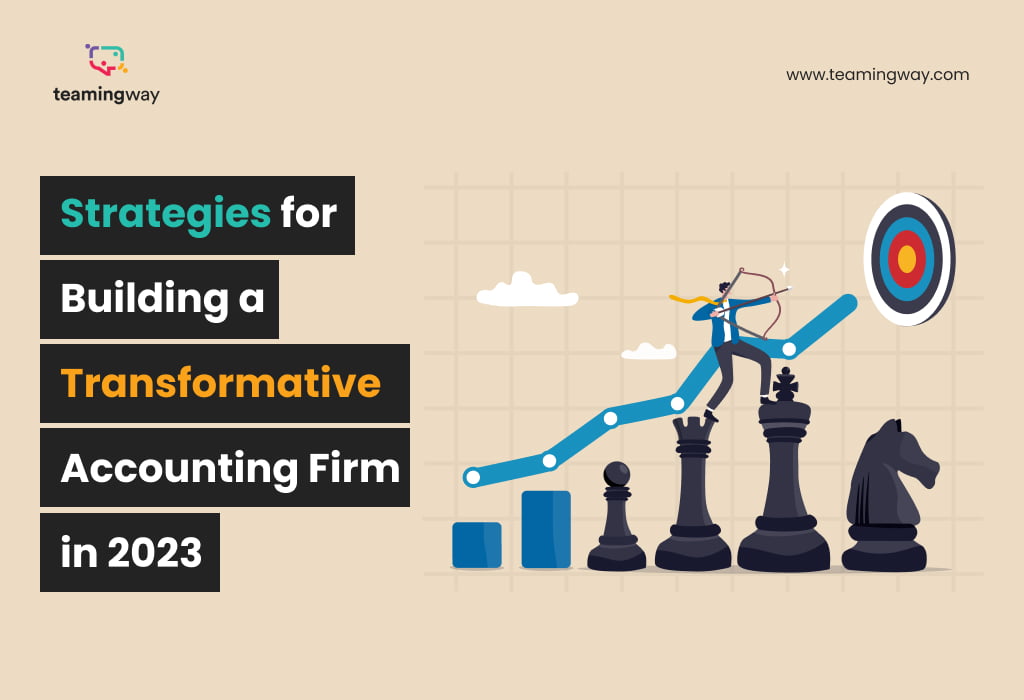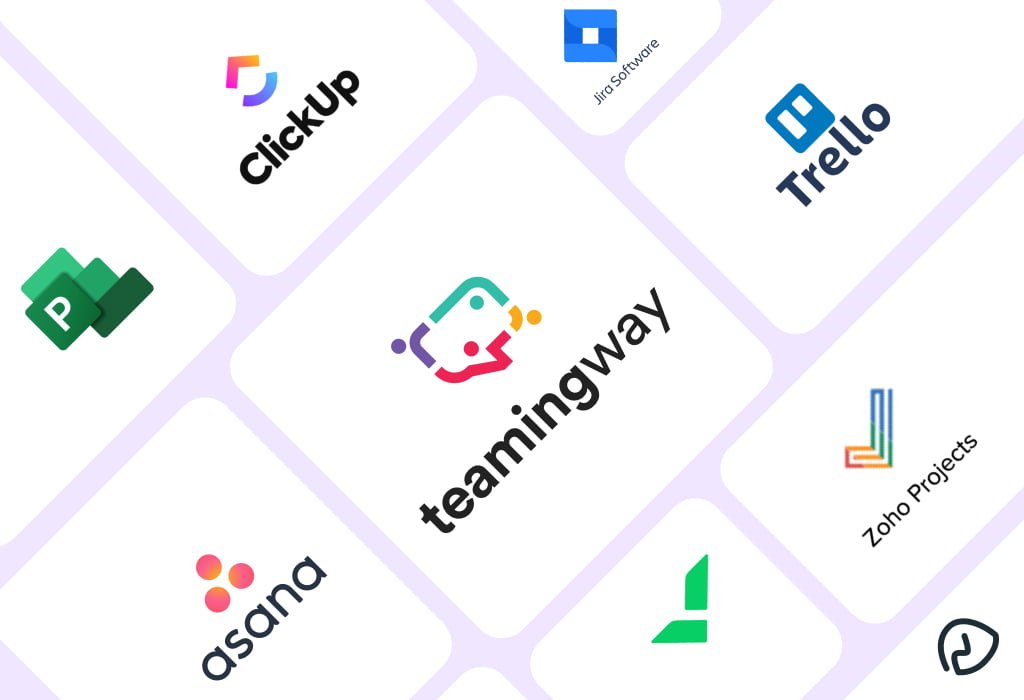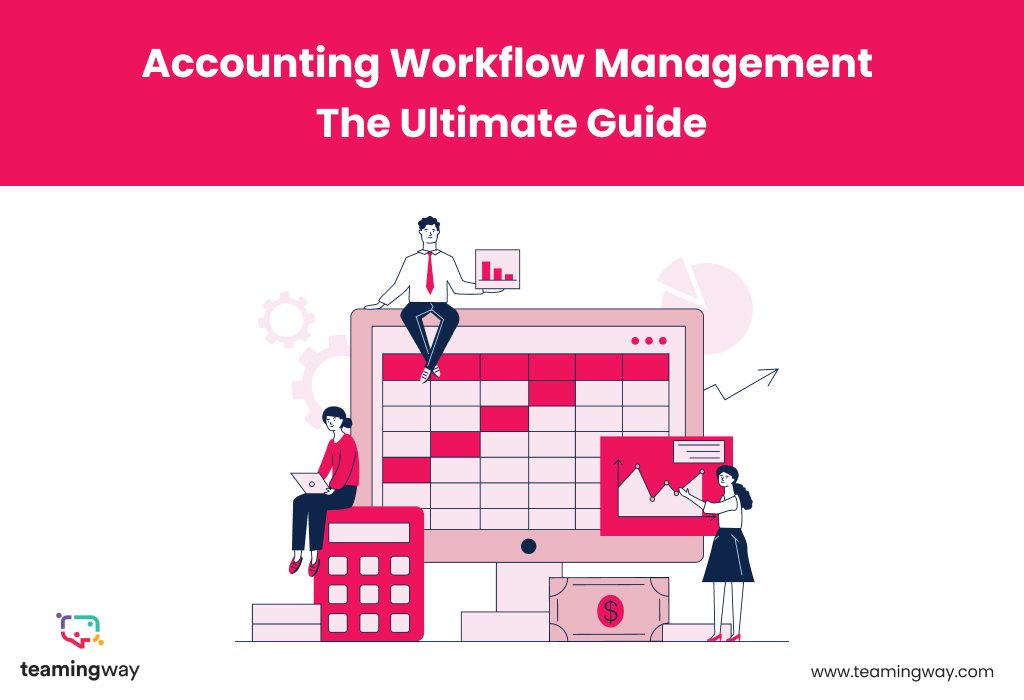
Securing new clients is crucial for the sales growth and long-term success of any accounting firm. However, many firms often find themselves in a predicament. They attract clients who are solely focused on obtaining services at the lowest possible cost, disregarding the value and expertise that the firm can provide. To overcome this challenge, it is essential to refine your proposal process.
In fact, according to a recent survey conducted by the Accounting Marketing Program, 78% of accounting firms struggle with this very issue, resulting in compromised profitability and limited growth opportunities.
In this blog post, we will explore seven proven tips that will not only help you create winning sales proposals but also ensure that you attract the correct type of clients. These clients appreciate the value of your services, allowing for long-term success and mutually beneficial partnerships. By implementing these sales strategies, you can position your accounting firm for growth, further develop your expertise, and achieve sustained profitability.
So, without further ado, let’s dive in and discover how to craft winning sales proposals that effectively resonate with the right clients at the right time.

Best Tips to Make Winning Sales Proposals
1. Maximizing Impact with Minimal Words
In today’s fast-paced world, capturing your prospect’s attention is no easy task. Usually, prospects have limited attention spans and, as a result, prefer concise information. By delivering a proposal that is straight to the point, you significantly increase the likelihood of them fully engaging with it. Therefore, it is essential to grab their attention from the start and maintain their interest throughout the entire proposal.
Wondering about the optimal length for a proposal?
While there is no one-size-fits-all answer, a typical proposal should range between 8 and 20 pages. However, it’s important to take into consideration your specific business, client, and offer when determining the appropriate length.
Remember, every word carries significance. Therefore, it is crucial to edit ruthlessly, clarify, and eliminate unnecessary details. By trimming the excess and polishing the language, you ensure that each word contributes to the overall impact and persuasiveness of your proposal.
2. The Power of Personalized Templates
While templates can streamline workflows and ensure consistency, relying solely on generic content disregards a valuable opportunity to connect with prospects authentically.
To truly prioritize the client, it’s crucial to adopt an approach that showcases a deep understanding of their unique challenges.
By customizing your proposal, you communicate that prospects are genuinely heard and valued. Invest time in personalizing the presentation for each client, reflecting on their distinct goals and challenges.
The level of customization directly impacts the proposal’s effectiveness and persuasiveness. Tailoring every aspect, from language to proposed solutions, creates a compelling case that resonates profoundly with the prospect.
3. Solution-Centric Approach
When creating a proposal, it’s crucial to shift the focus from deliverables to solving the client’s underlying challenges. Instead of simply listing the services or products you offer, you should emphasize presenting comprehensive solutions that directly address their specific problems.
By understanding the client’s pain points and effectively showcasing your expertise in resolving them, you establish a stronger connection. Your proposal should demonstrate how your unique approach and customized solutions can effectively alleviate their concerns and drive the desired outcomes.
Moreover, by highlighting the value and impact of your problem-solving capabilities, you position yourself as a trusted partner genuinely invested in their success. This approach resonates with clients who are actively seeking solutions rather than mere deliverables, thereby enhancing the persuasiveness and competitive advantage of your proposal.
4. The benefit of Multiple options
Expand the horizons of your proposals and unlock greater potential by adopting a multi-option approach.
By offering a range of prices within your proposal, you empower prospects to make a decision that best suits their unique requirements. This flexibility not only sets you apart from competitors but also demonstrates your unwavering commitment to meeting individual needs.
With multiple options at their disposal, prospects can thoroughly evaluate different solutions, compare benefits, and ultimately select the one that aligns most closely with their goals.
Moreover, the inclusion of premium offerings within your proposal becomes more compelling when prospects have a clear understanding of the added value and benefits associated with each option. This transparency enhances their perception of the value you bring to the table and increases the likelihood of them investing in higher-tier solutions.
5. Arrange your pricing in descending order
To optimize your pricing presentation, strategically order your price points from highest to lowest. This approach mitigates initial sticker shock and fosters a positive perception throughout the proposal.
By introducing the highest-priced option first, you create context and position subsequent options as more affordable. This gradual decrease in pricing enhances the perceived value and facilitates decision-making.
Furthermore, this ordering strategy avoids triggering defensive responses that can arise when starting with lower-priced options. Establishing trust and credibility from the outset builds a solid foundation for constructive negotiations and a higher chance of closing the deal.
6. Enhance Proposals with Compelling Visuals
Research has demonstrated a remarkable disparity in information retention among different sensory inputs. Specifically, individuals tend to remember a staggering 80% of what they see and do, in contrast to a mere 10% of what they hear and 20% of what they read.
By incorporating captivating visuals into your proposal, you not only enhance its aesthetic appeal but also elevate comprehension and information retention. When complex data is thoughtfully conveyed through the use of infographics, charts, graphs, and images, prospects find it easier to grasp and retain crucial details.
To create a truly immersive and memorable experience, it is imperative to strategically integrate authentic visuals throughout your proposal. These visuals not only serve to break up the long text but also function as visual cues that seamlessly guide the reader through each section, fostering engagement and bolstering the persuasive impact of your presentation.
7. Simplicity is the key
When developing your proposal, strive for simplicity in both language and structure. Avoid unnecessary jargon, convoluted explanations, and excessive detail that can overwhelm and confuse your prospects. Instead, focus on delivering your key points clearly and concisely. Focus on these points:
Visualize Complex Concepts: Incorporate visuals like infographics to simplify and clarify complex topics.
Bridge the Gap: Connect prospect problems to your solutions, making it easier for them to see the value.
Organize with Clarity: Structure your proposal into sections with clear titles for easy navigation.
Embrace Digital and Print Formats: Provide both digital and print versions for convenient access and sharing.
Conclude with Call to Action: Finally, conclude your proposal with a compelling call to action. Clearly state the next steps or desired actions for prospects to take.
By simplifying your proposal, you make it more accessible and easier to digest for your audience. This enables them to grasp the essence of your ideas quickly and efficiently.
Remember, simplicity does not mean compromising on quality or depth of information. It means presenting your ideas in a way that is easily understood and leaves a lasting impression.

Conclusion:
To excel in selling high-value advisory services, conveying your expertise is paramount. Without a compelling sales process and adherence to the seven best practices, attracting the right clients becomes challenging.
By implementing these strategies, you differentiate your firm and consistently attract valued clients who appreciate your unique offerings. Transforming your proposals into powerful tools that resonate with your audience cements a lasting impression.
Don’t settle for mediocrity. Reinvent your proposal approach, elevate your firm, and embrace these principles to unlock your advisory services’ full potential. The future success of your firm awaits.

